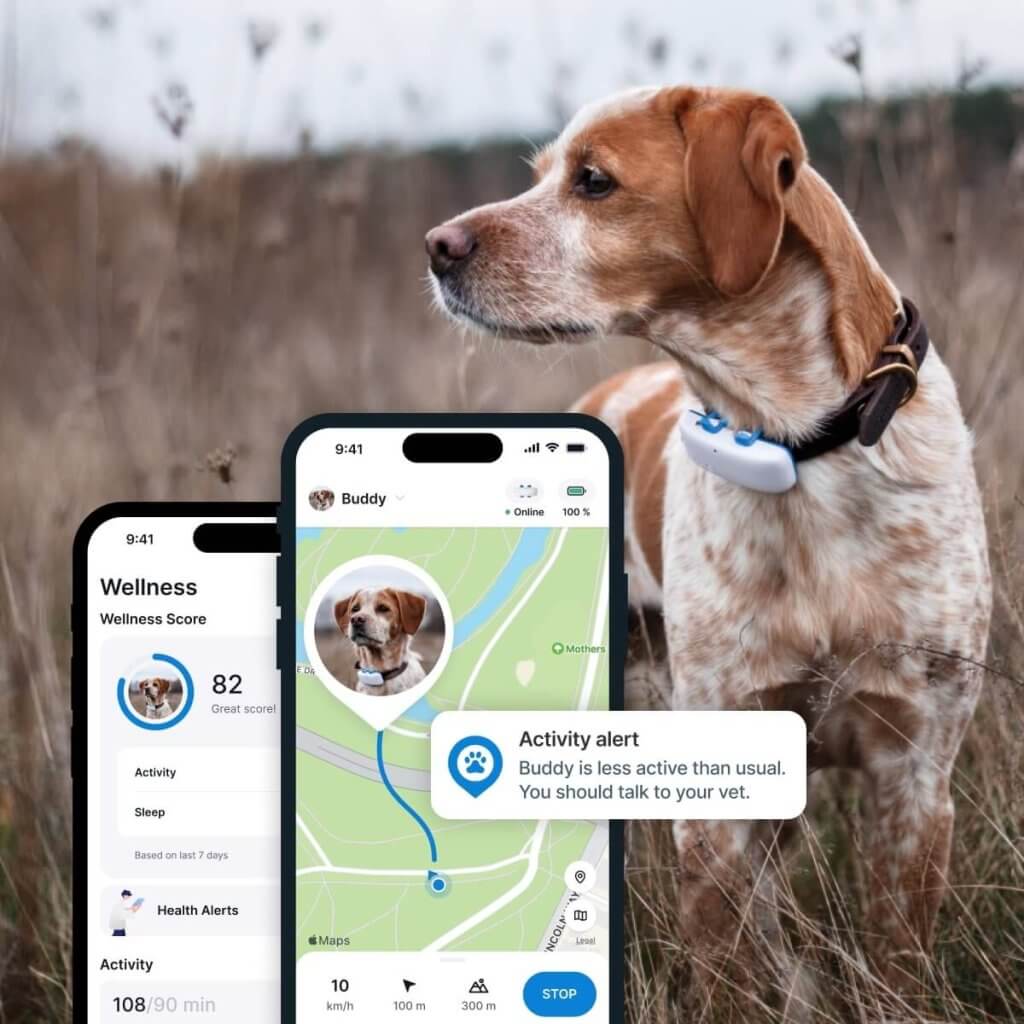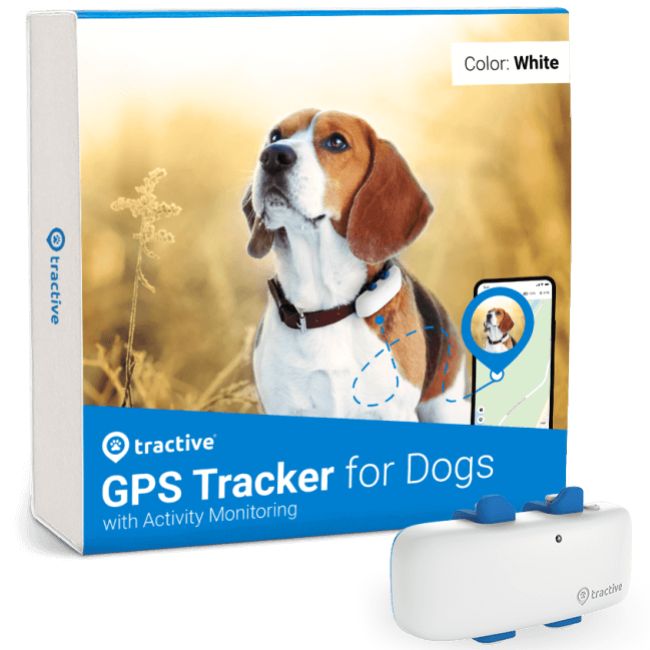Spaying in Dogs: What Every Pet Parent Should Know
Spaying a female dog is the process of removing their reproductive organs so they won't be able to go into heat and get pregnant anymore. Discover how this routiune procedure can benefit you and your furry friend in this post.

If you have a female dog in the family, spaying her is one of the most important steps you can take for her health and well-being. If you’re considering this procedure for your furry friend, here’s everything you need to know about spaying in dogs.

Find out how your dog spends their time.
Read moreWhat is spaying?
Spaying is a surgical procedure that removes a female dog’s ovaries and usually the uterus. The spaying operation:
- prevents her from going into heat and
- eliminates the risk of pregnancy
Although it is a routine practice, it is a major surgery that requires general anethesia. The risk of complications is very low.
Benefits of spaying a dog
There are many benefits to spaying your dog, including:
- Live Longer: Dogs that are spayed typically live longer than those that are unspayed.
- Health Benefits: Spaying reduces the risk of uterine infections and breast tumors, which are often malignant in dogs. It also eliminates the risk of ovarian and uterine cancers.
- Behavioral Benefits: Dogs who are spayed are less likely to exhibit behaviors associated with heat, such as roaming, howling, or attracting unwanted attention from male dogs. It can also help with separation anxiety in dogs.
- Population Control: Spaying helps reduce the number of homeless dogs, which is a growing issue in many communities.
If they haven’t been spayed or neutered yet, even the best trained dogs may keep running away in search of a mate. A GPS dog tracker allows you to follow (and find) your dog wherever they go.
When should you spay your dog?
The ideal timing for spaying varies based on your dog’s breed, size, and health. Many vets recommend spaying before the first heat, typically around 6 to 9 months of age. However, always consult your vet to determine the best time for your dog.
What to expect after spaying
Spaying is a routine procedure, and most dogs recover quickly with proper care. After surgery:
- Limit your dog’s activity for 5-10 days.
- Keep her on a short leash during walks and avoid long walks.
- Make sure she gets plenty of rest.
- Avoid swimming and bathing or otherwise getting the incision wet.
- Prevent her from licking the incision site to avoid infection (E-collars are often recommended).
- Follow your vet’s instructions for pain management.
- Monitor her closely and contact your vet if you notice any unusual symptoms like swelling, redness, or lethargy in your dog.
PRO TIP: Use a Tractive GPS Dog & Health Tracker to track your dog’s activity and sleep levels and get health alerts about your furry friend.

Is spaying right for your dog?
Spaying is highly recommended for most female dogs. However, every dog is unique, so it’s important to have a conversation with your vet about your dog’s specific needs and health.
Spaying your dog is a lifelong investment in their health and happiness. By taking this step, you’re not only helping your dog live a healthier life but also contributing to reducing pet overpopulation.





